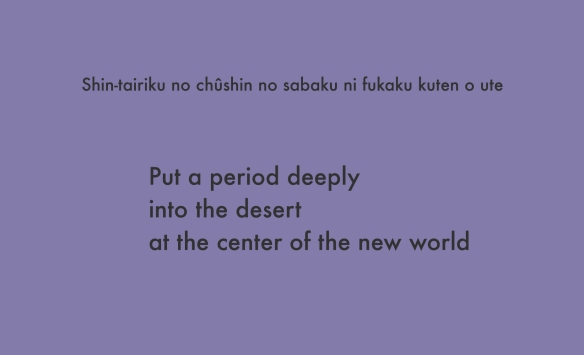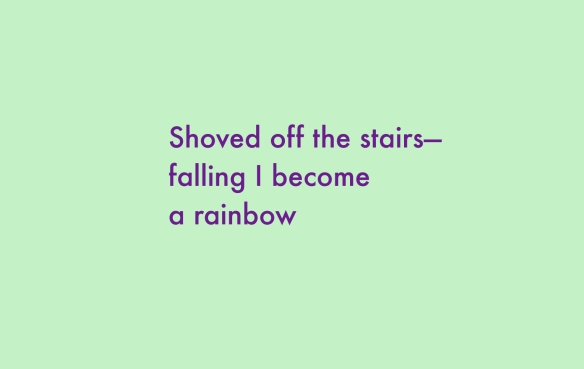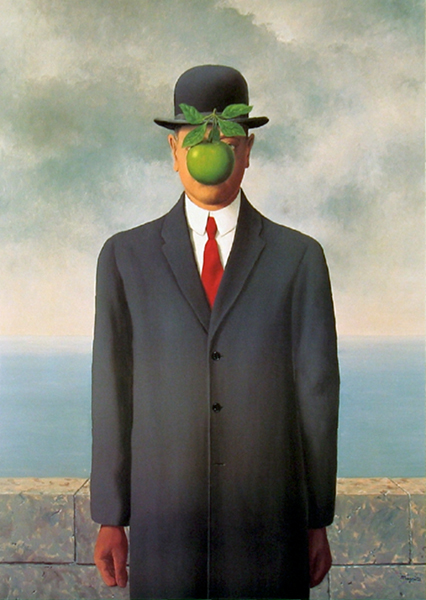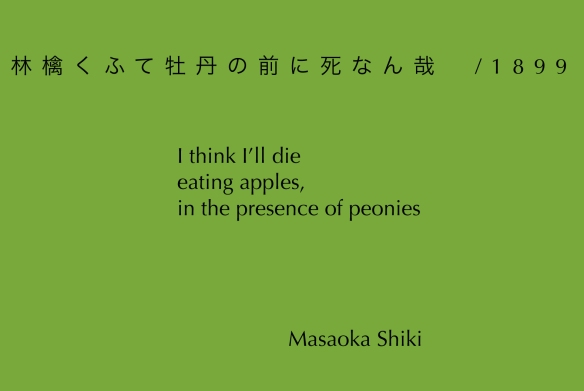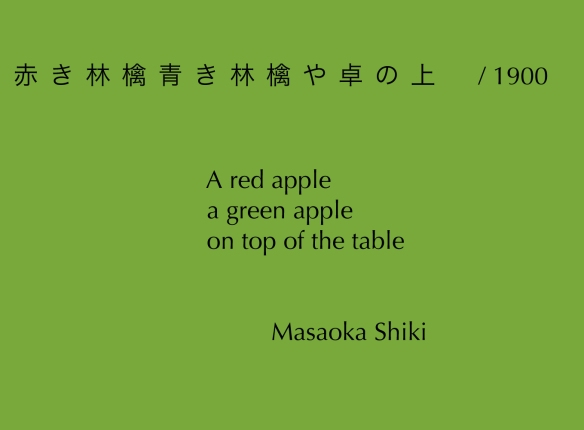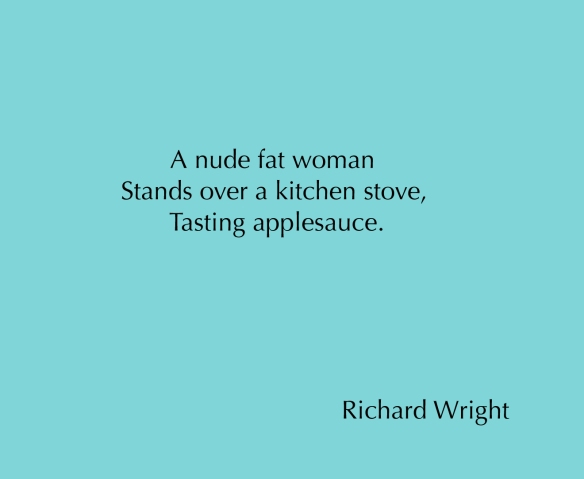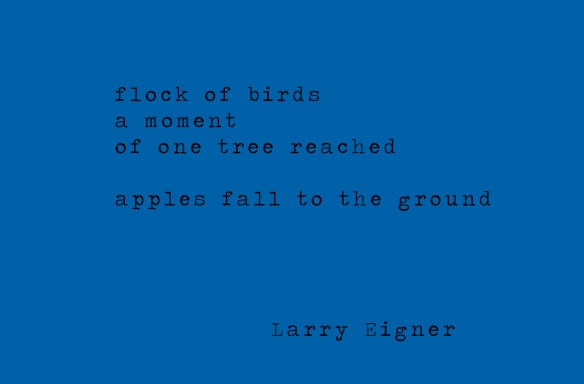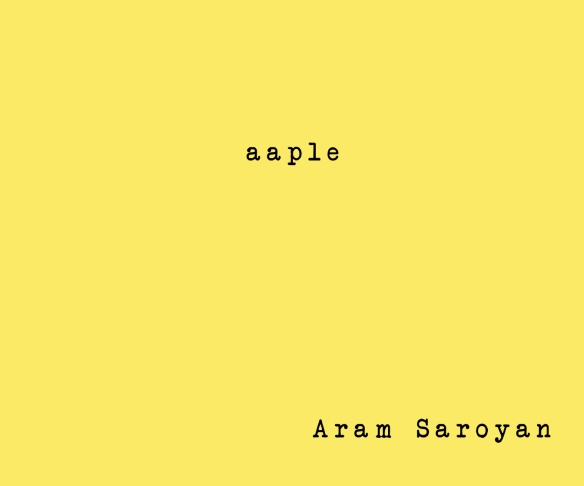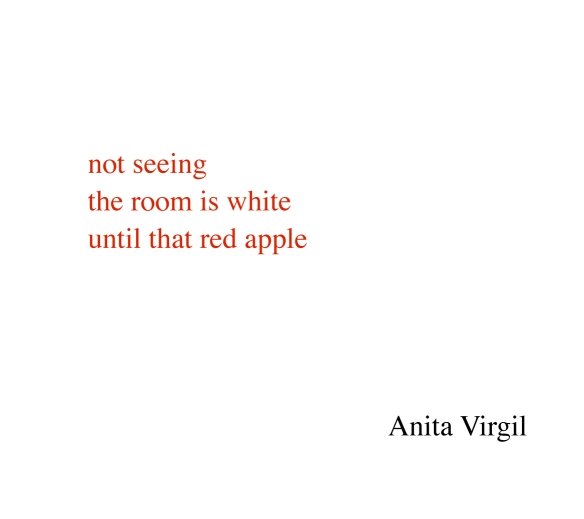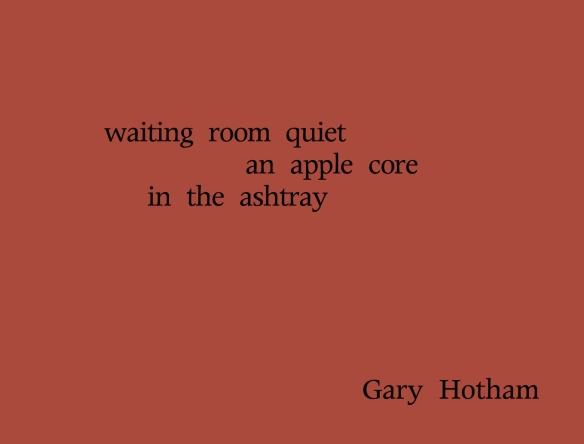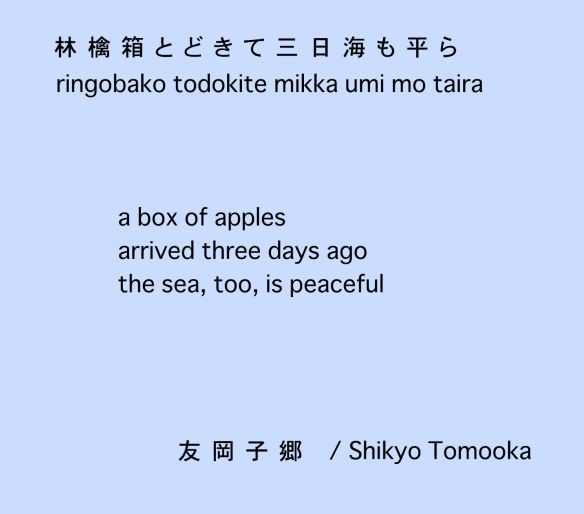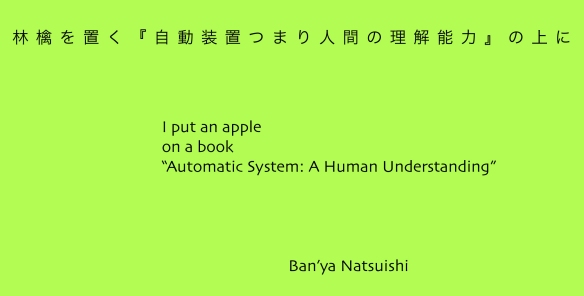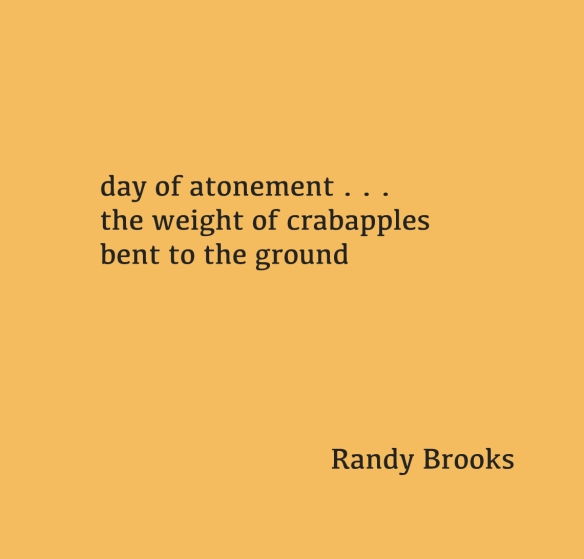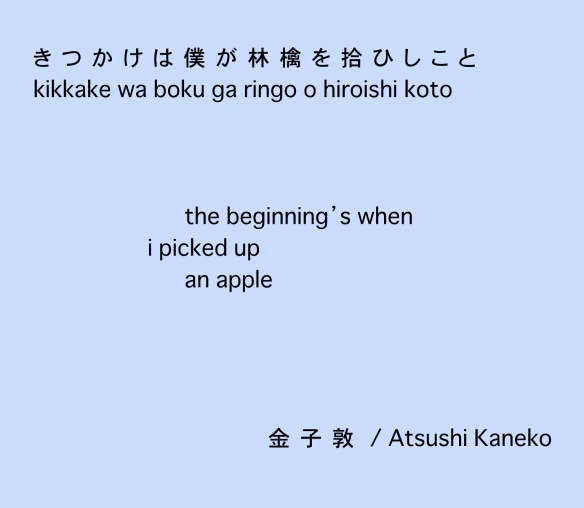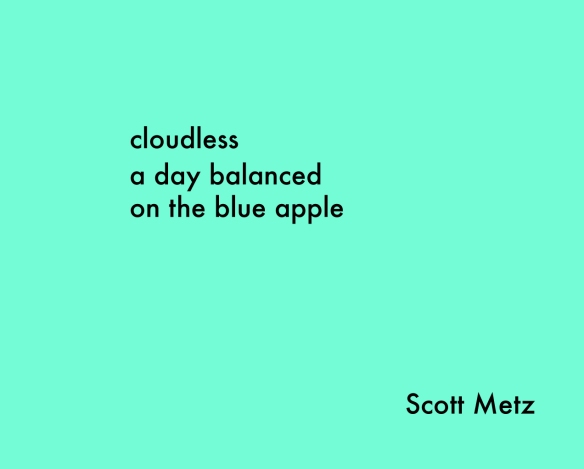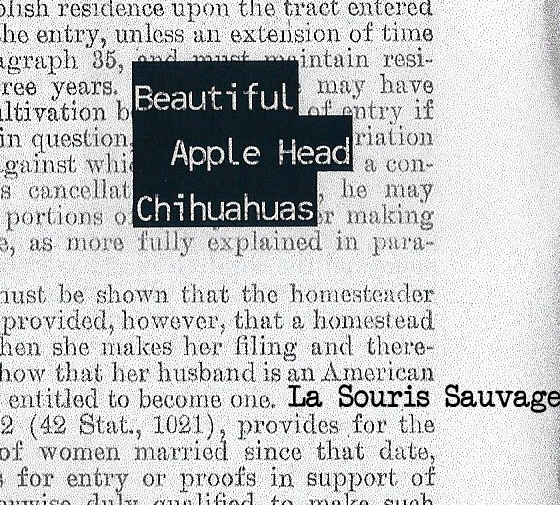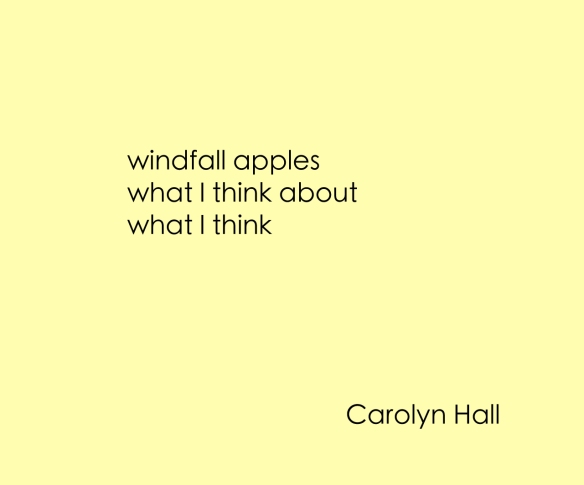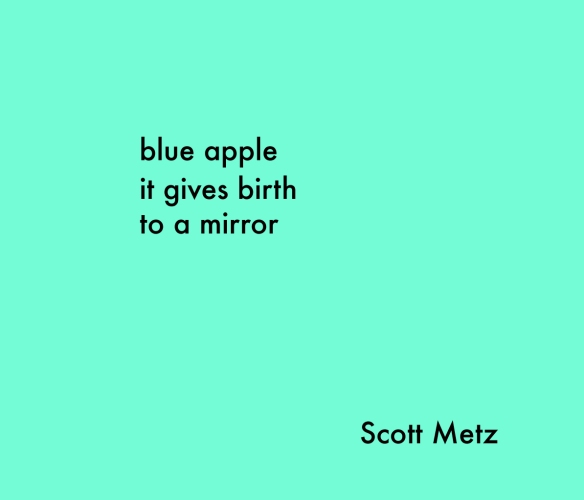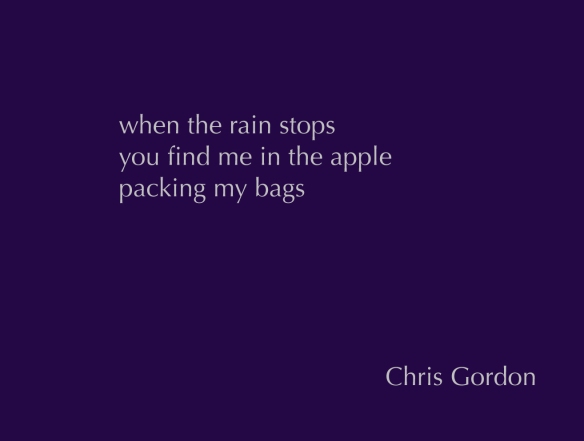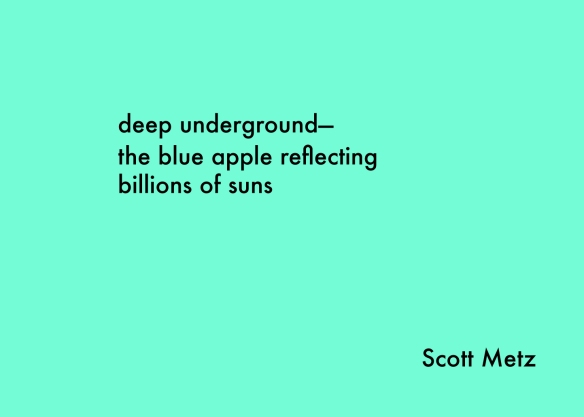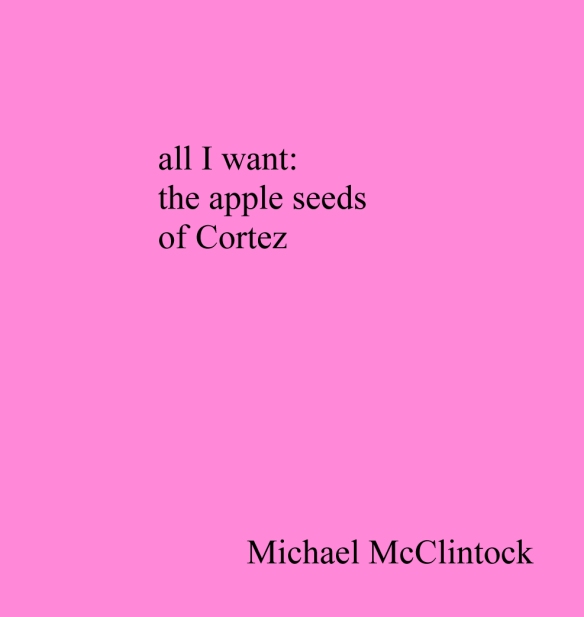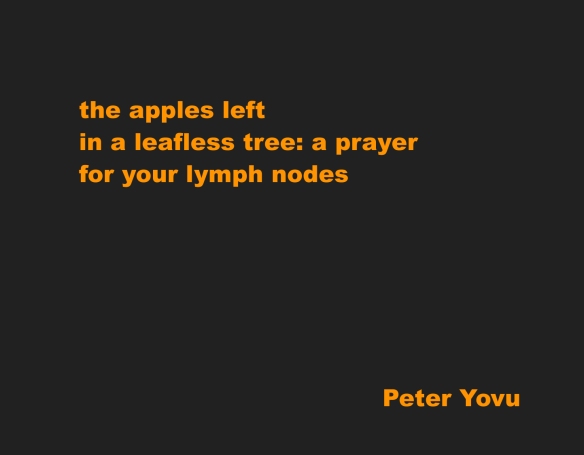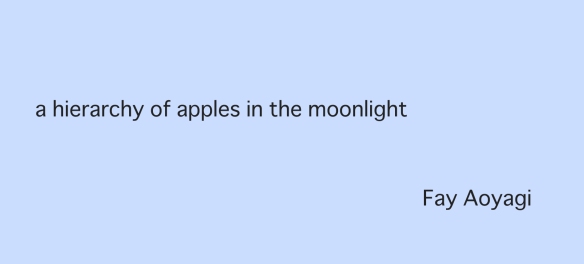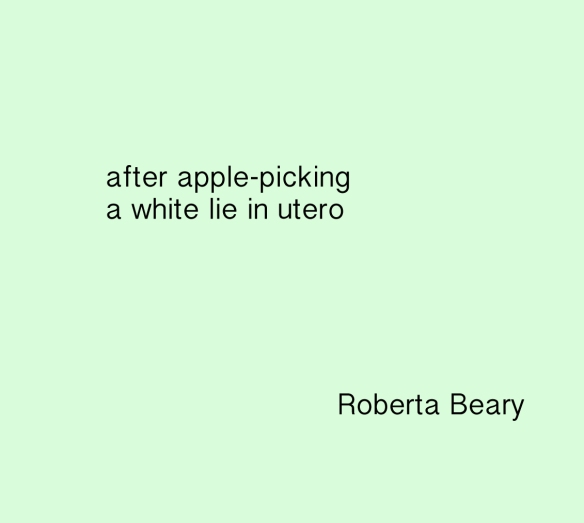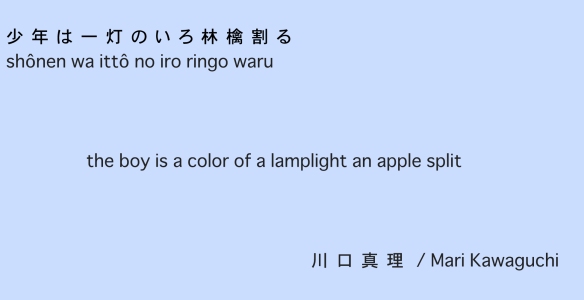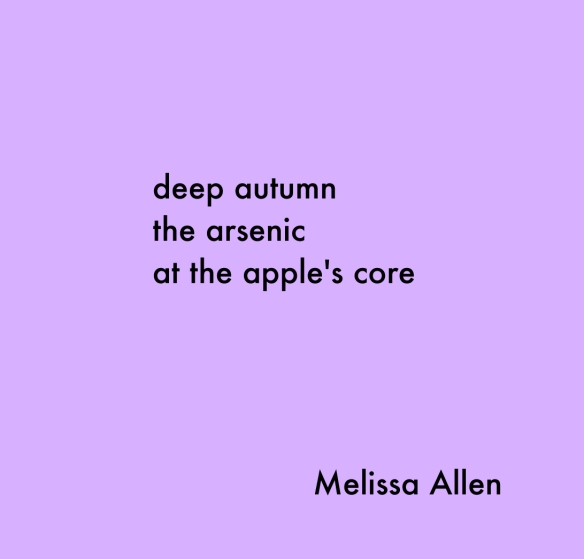Ban’ya Natsuishi
/ Rhythm in the Vacuum (1986)
—
“[A]n example demonstrating how haiku bring the reader toward the phenomenology of the hard problem via adumbrations of the paradoxical and hypothetical can be found in this haiku by Natsuishi Ban’ya.
“Put a period” begins with what seems a trivial action: put a period somewhere. Usually we put them on paper; yet the second line represents a left turn with “into the desert,” reversing semantic expectation. Putting a period into the desert evokes a different line of image, action and form, from what might conceivably be done with a literal, textual period. And so, realism is subverted. The sense of paradox is heightened by the imperative grammatical tone. The poem is so short that while thinking this part out I’ve scanned the whole several times. Though having read this poem some years ago, I continue to formulate possible worlds: the aspect of explaining, in fact, the “explainer” of intellect rides behind the propulsive process of reading/misreading.
Some of my hypothetical speculations: the period implies “end of an era,” death, finality, a flag (of some sort); the desert is real and inhabits the new world, or a speculative new world; is an actual place (e.g. Death Valley, the high desert of Nasca); the haiku is political, “center of the desert” represents America’s current government and its war in Iraq; the period is a wounding; the haiku is historical, relating to Columbus’s “discovery” and eurocentrism; so, the haiku is revisionist and ironic, accessing “new world” in a post-colonial manner; the haiku landscape is that of another planet awaiting discovery; an alternative universe where putting a period exactly thus makes good sense; the haiku is a surreal remembrance, a novel myth. Alternativity spawns alternativities. The period is wherever my attention is.”
Richard Gilbert / “Plausible deniability: Nature as hypothesis in English‑language haiku” & in Poems of Consciousness: Contemporary Japanese and English-language Haiku in Cross-cultural Perspective (Red Moon Press, 2008)
—

